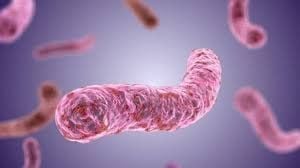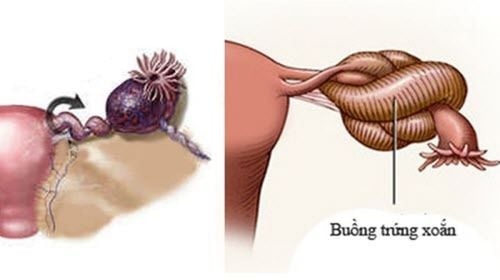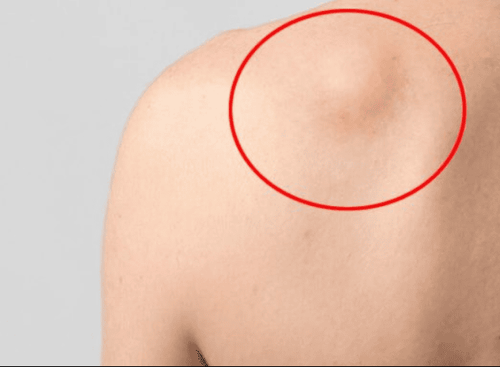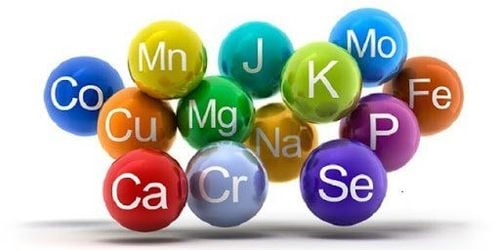This is an automatically translated article.
Primary aldosteronism (also called Conn's syndrome) is a rare condition caused by overproduction of the hormone aldosterone that controls sodium and potassium in the blood. This condition is treated with medication and lifestyle changes to control blood pressure and, in some cases, surgery.
1. What is primary hyperaldosteronism (Conn's Syndrome)?
Primary hyperaldosteronism means that the adrenal glands produce too much of the steroid hormone aldosterone, which helps control sodium and potassium excretion. The adrenal glands are two small triangular glands, one located above each kidney. This condition, also known as Conn's syndrome, is the result of overproduction of aldosterone by one or both adrenal glands. Overproduction of aldosterone by both glands, noncancerous masses in one adrenal gland or very rarely cancerous tumors, can cause aldosterone overproduction.
Primary hyperaldosteronism usually presents with high blood pressure and low potassium levels in the blood. If left unchecked, high blood pressure increases the risk of complications including heart attack and stroke, while low potassium can cause irregular heartbeats.
2. Who is likely to get primary aldosteronism (Conn's syndrome)?
Anyone can get primary aldosteronism. But it is more likely to occur if you have:
Low blood potassium High blood pressure before age 30 High blood pressure requires three or more medications to control. Adrenal tumor
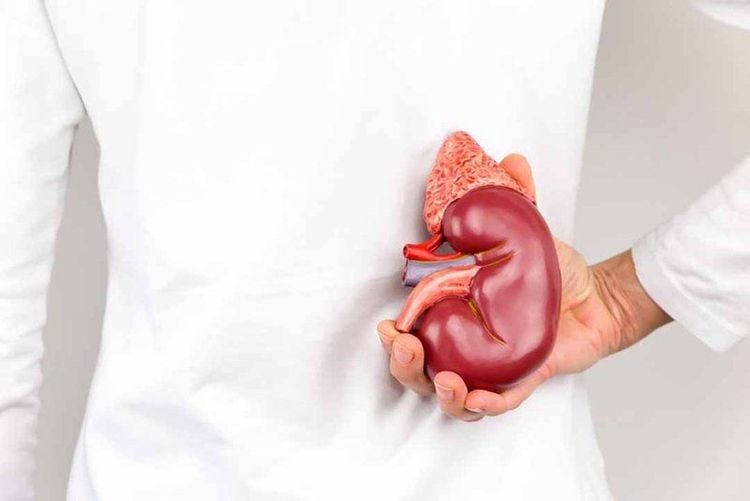
Người bị khối u thượng thận có khả năng mắc hội chứng cường Aldosteron tiên phát
3. What causes primary aldosteronism?
Primary aldosteronism is caused by an overproduction of aldosterone by the adrenal glands. This hormone helps regulate the body's balance of water and sodium (salt), blood volume, and blood pressure. In some cases, primary aldosteronism is caused by benign or noncancerous tumors in one or both adrenal glands.
Rarely, primary aldosteronism occurs due to a genetic disorder. In extremely rare cases, cancerous tumors in one or both adrenal glands cause primary aldosteronism.
4. Symptoms of primary aldosteronism
Primary hyperaldosteronism often causes high blood pressure with low potassium. In addition, it can cause symptoms such as:
Thirst Fatigue Frequent urination Headache Muscle cramps Vision disturbance Weakness or tingling.

Khát là một trong các triệu chứng của aldosteron nguyên phát
5. Diagnosis of primary aldosteronism
Doctors diagnose primary hyperaldosteronism by measuring the levels of hormones such as aldosterone and renin along with electrolytes, including sodium and potassium, in patients with high blood pressure. Electrolytes are minerals that help balance the amount of water in your body.
Your doctor may recommend further testing to rule out an adrenal tumor. These may include:
Computed tomography (CT), which uses X-rays to create images of structures inside the body. Magnetic resonance imaging (MRI)
6. How is primary aldosteronism treated?
Depending on the type of Conn Syndrome you have different treatments:
Primary hyperaldosteronism due to a tumor is usually treated with adrenalectomy (one-sided adrenalectomy). If excess aldosterone is produced by both adrenal glands, it is usually treated with medications such as spirinolactone or eplerenone to block the effects of aldosterone. Your doctor may also recommend lifestyle changes, including:
Exercise regularly. Limiting alcohol intake. Reduce salt in your diet. Stop smoking. Most patients recover quickly and without difficulty after surgery. High blood pressure is significantly improved in 80-90% of cases. But even after surgery, you can still have high blood pressure. You may need medicine for hours or weeks until your blood pressure returns to normal. The reason for this is not fully understood. It may be the result of kidney damage from primary hyperaldosteronism. You should continue to see your doctor after treatment so they can monitor your blood pressure and electrolyte levels.
7. What complications are associated with primary hyperaldosteronism?
If you don't treat primary aldosteronism, your blood pressure can rise to dangerous levels. It also disrupts the balance of electrolytes in the body.
Electrolyte imbalances and persistent high blood pressure increase the risk of serious complications, including:
Heart attack or heart failure. Irregular heartbeat. CKD. Stroke. Temporary paralysis or inability to move.
8. Can primary aldosteronism be prevented?
There is no way to prevent primary aldosteronism. Monitoring your blood pressure regularly can help detect problems and treat them promptly.
Primary aldosteronism is a rare condition caused by overproduction of the hormone aldosterone that controls sodium and potassium in the blood. Depending on the type of disease, the doctor has different treatment methods. Therefore, when you have symptoms of the disease, you should go to medical centers for examination and treatment.
Follow Vinmec International General Hospital website to get more health, nutrition and beauty information to protect the health of yourself and your loved ones in your family.
Please dial HOTLINE for more information or register for an appointment HERE. Download MyVinmec app to make appointments faster and to manage your bookings easily.




